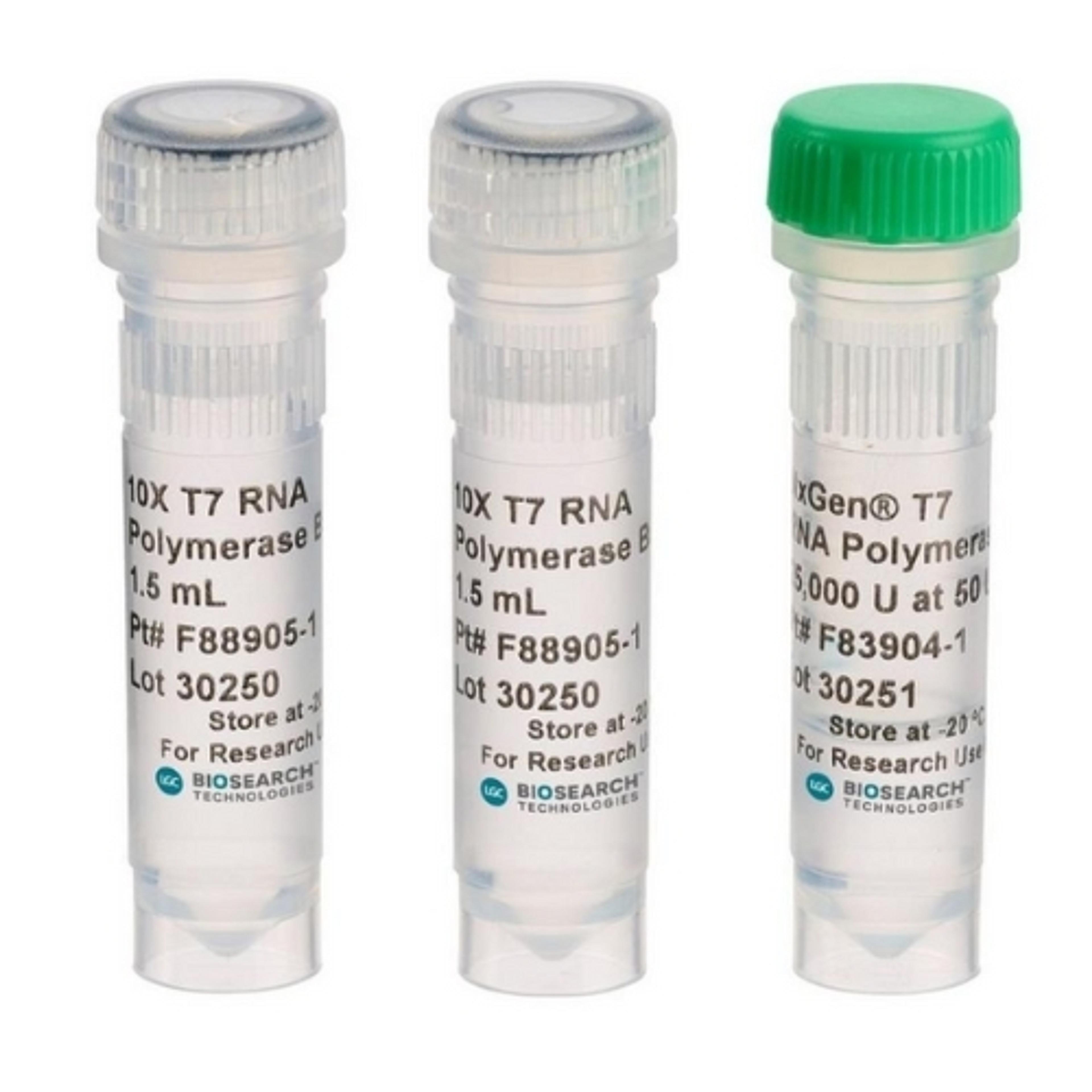Continuous mRNA manufacturing to boost therapy and vaccine output
New mRNA-based therapies and vaccines could be developed more quickly and cheaply thanks to new manufacturing technologies developed at the University of Sheffield
28 Feb 2024

The ability of mRNA to instruct cells to generate proteins with remarkable precision has many excited about the molecule’s future as both a therapeutic and vaccine for a wide range of diseases. With the first publicly available mRNA vaccines authorized for emergency use to provide protection against COVID-19 in December 2020, interest and demand have never been higher. But existing mRNA production methods lack scalability due to expensive and limited materials. Can sustainable and cost-effective manufacturing processes be achieved to drive this field forward?
Dr. Zoltán Kis is an Associate Professor at the University of Sheffield, working within the Department of Chemical and Biological Engineering, who is determined to tackle these issues head on. Leading a large research project funded via the Wellcome Leap R3 programme, Dr. Kis and his collaborators are developing a platform that will enable the rapid development and mass-manufacturing of RNA vaccines and therapeutics at high volumes, low cost, and high quality against a wide range of diseases.
Speaking with SelectScience, Dr. Kis shares more insight into the progress of the new vaccine production unit established at the University of Sheffield to house the project, and the roadmap ahead.
Unique scope as a platform
From a manufacturing perspective, Dr. Kis explains that mRNA is unique in that it can be viewed as more of a platform where only one side of the equation needs to be engineered. “The quality of the end protein is decoupled from your final mRNA product in a way, and this has to do with the fact that it's an information molecule,” he explains. “This is exciting because you don't have to think about the delivery of a protein that has been made in some other, likely non-human, cell line. Here we deliver information, and then the production of protein is performed by our cells to the highest quality that our bodies can do.”
Dr. Kis goes on to describe how almost any protein can be encoded with mRNA, which means that, in theory, any candidate therapeutic or vaccine can be developed against any disease where the end protein is known. “Because mRNA technology is a cell-free manufacturing process, you don't have to grow living cells. It's an in vitro transcription (IVT) enzymatic reaction that you use to make RNA, based on a template DNA, and the simplicity of that means there is scope for it to be implemented in a continuous manufacturing format.”
We need to scale up and out mRNA manufacturing technologies, so we can reach many more patients and treat all the thousands of rare diseases that exist.”
Dr. Zoltán Kis Associate Professor at the University of Sheffield
Continuous mRNA manufacturing
The mRNA production technologies developed at the University of Sheffield led by Dr. Kis will be suitable for distributed manufacturing, establishing a network of vaccine manufacturing facilities across the world to increase the number of RNA-based treatments that are designed, developed, and produced each year.
The exciting research being performed by Dr. Kis and his collaborators combines experimental and modelling techniques to design and test innovative mRNA vaccine and therapeutic platform production processes.
“To achieve our ambitious goal, we have developed and synergized a set of physical and digital technologies integrated into the Quality by Digital Design framework,” explains Dr. Kis. “The obtained computer models will link mRNA product quality to the production process and will enhance both the development and operation of mRNA manufacturing processes.”
Dr. Kis notes the key advantage of the platform is that everything can be run in sync continuously. “You can run it at what's called a steady-state optimal condition where everything is kept working all the time at the optimum condition, rather than being processed in batches,” he explains. “This gives a lower footprint, as you can have flexibility on how much mRNA you make just by running it for a shorter or longer time. There are also cost and quality advantages to this because materials are used more efficiently.”
Importance of quality raw materials
"Selecting a quality component supplier in the early stages of mRNA manufacture is critical to ongoing success. At LGC Biosearch Technologies we provide high quality enzymes for IVT from the first experiment through to high- scale production with customization options to fit specific requirements. A dedicated team of enzyme specialists is available to assist throughout to ensure that you can scale with confidence."

Oliver J. Watts, Technical Sales Executive, Enzymes, LGC Biosearch Technologies
Moving from a batch approach to a continuous model whilst ensuring critical quality attributes such as sequence integrity, high 5-prime capping efficiency, or polyadenylation are met is no easy feat. The generation of mRNA by IVT at large scale and under current good manufacturing practice (cGMP) conditions is also challenging. For example, the specialized components of the IVT reaction must be acquired from certified suppliers that guarantee that all the material is animal component-free and GMP-grade. The availability of these materials is also limited and purchasing costs in the case of the enzymes used for translation and capping can be high.
Dr. Kis stresses the attention to raw inputs is paramount as you move to scale up the production process of mRNA. “You must ensure the quality of your incoming raw materials, listing all of the critical material attributes based on a risk assessment scoring for all of the materials you are using,” he states. “Looking at a supplier’s certificate of analysis is crucial, and you will need to do your own testing in-house. Even in a continuous manufacturing process, batches of raw materials can partially define at least your production runs. In a batch world, everything is based on batch release. With a continuous run, you have either a real-time release or a testing-based release of your product.” Sourcing high quality and GMP-grade raw materials is therefore still a crucial step when scaling up continuous mRNA manufacturing to avoid bottlenecks further down the line.”
A multi-product design space
As the initial platform is now ready to be taken to GMP, Dr. Kis and his collaborators from industry and academia are already working towards future iterations to expand on the core continuous process. “We are already building on the quality by design framework and its design space to include a multi-product design space,” he shares. “Coupling this to the continuous manufacturing platform, we are looking at additional ways of assuring quality for different mRNA sequences.”
With the potential to revolutionize the production of mRNA therapeutics and vaccines at scale, Dr. Kis shares that this platform is now ready to be embraced by a wider range of users. Its efficiency and cost-effectiveness could make it an ideal choice for pharmaceutical companies, research institutions, and biotech startups seeking to expedite the development and production of mRNA-based therapies and vaccines, with the ultimate goal of bridging the gap between scientific innovation and its translation into life-saving therapeutics and preventative treatments for patients around the world.


